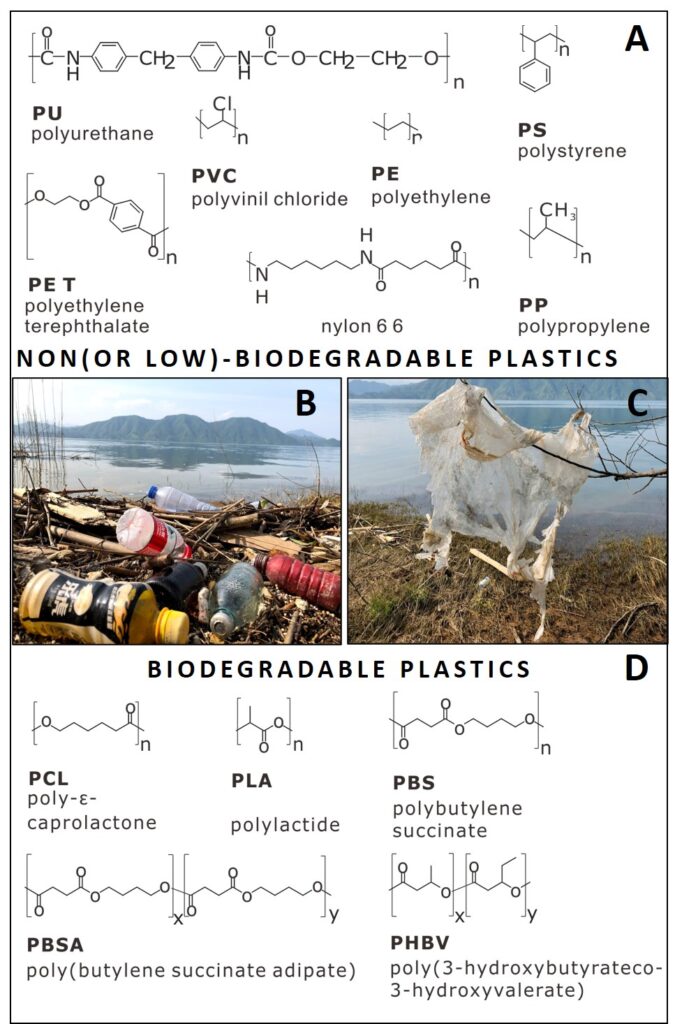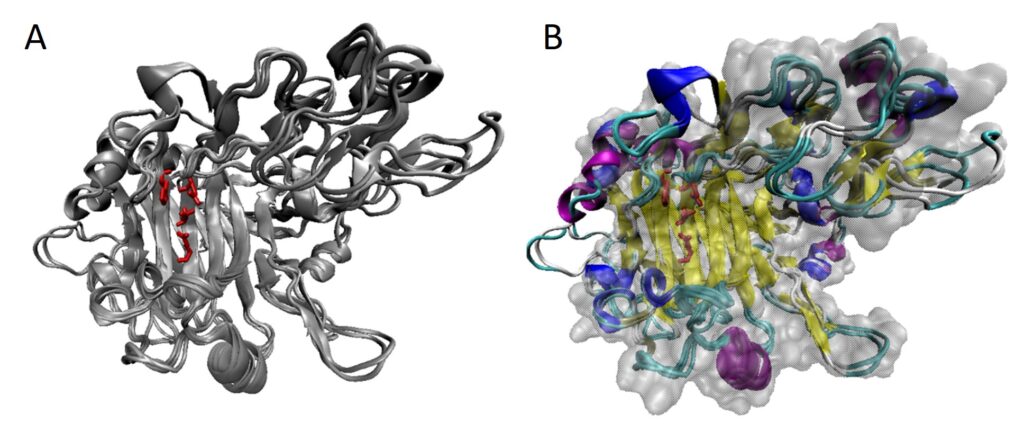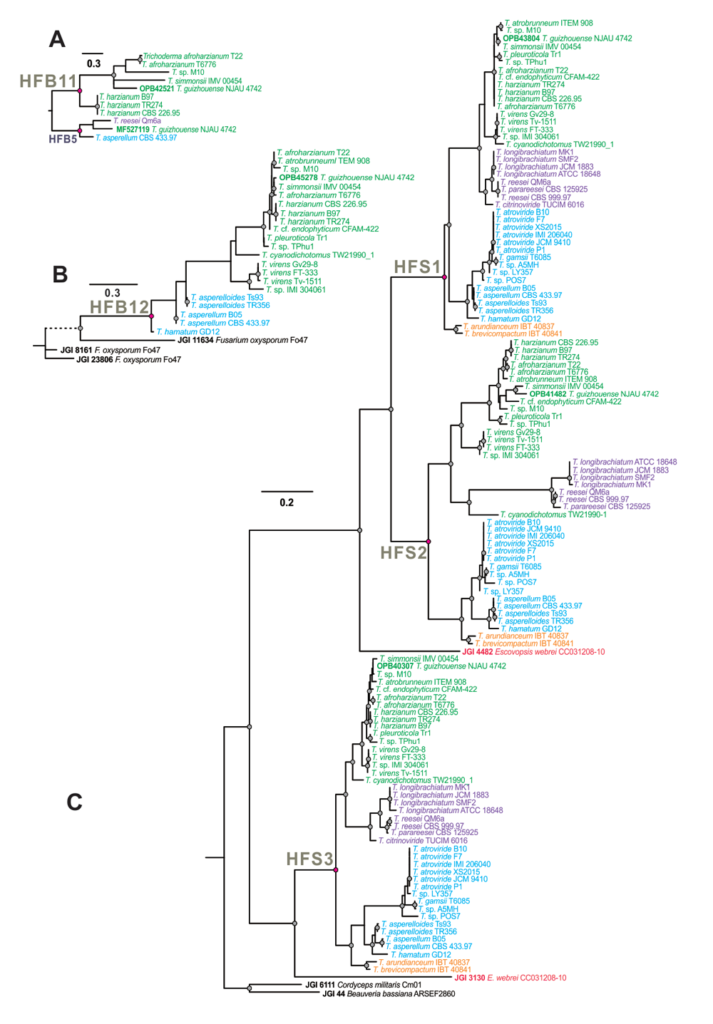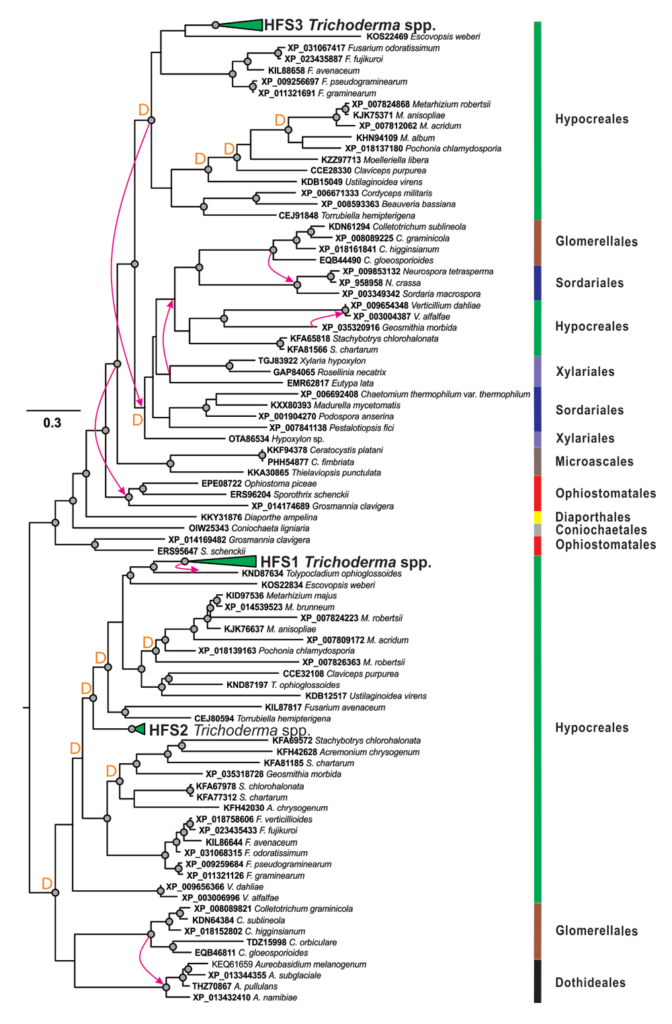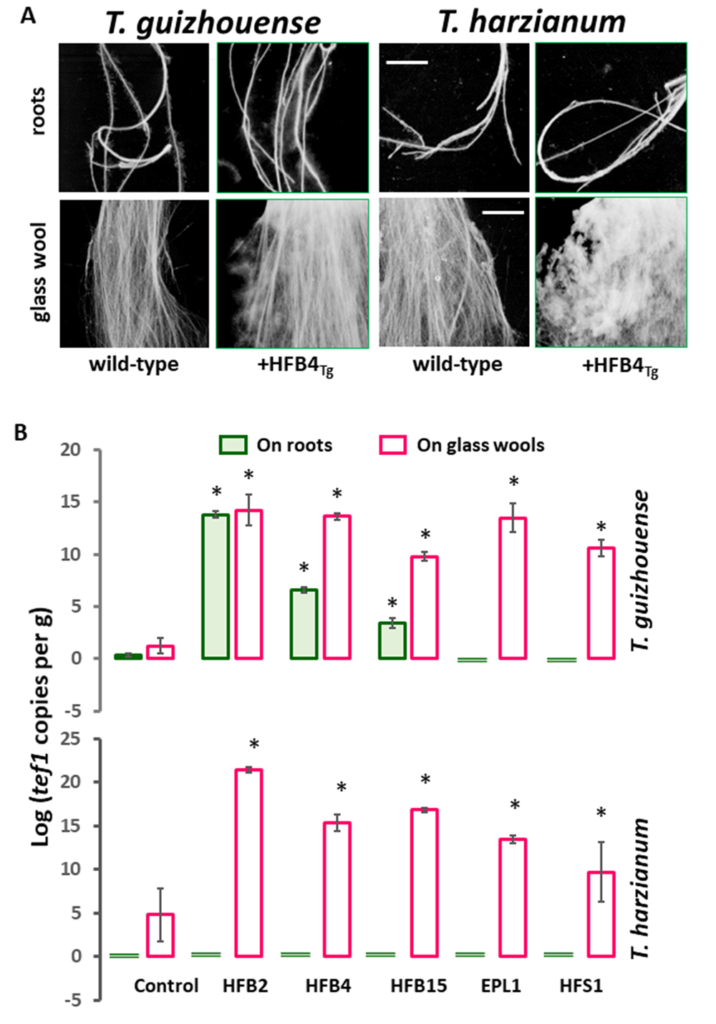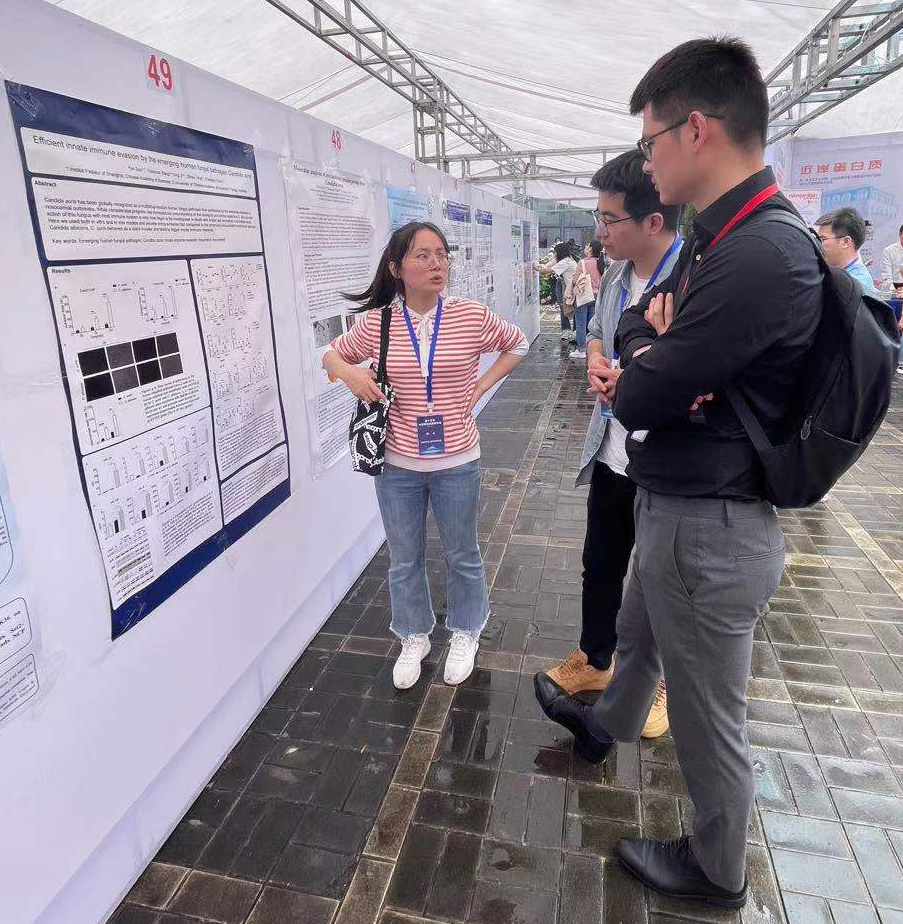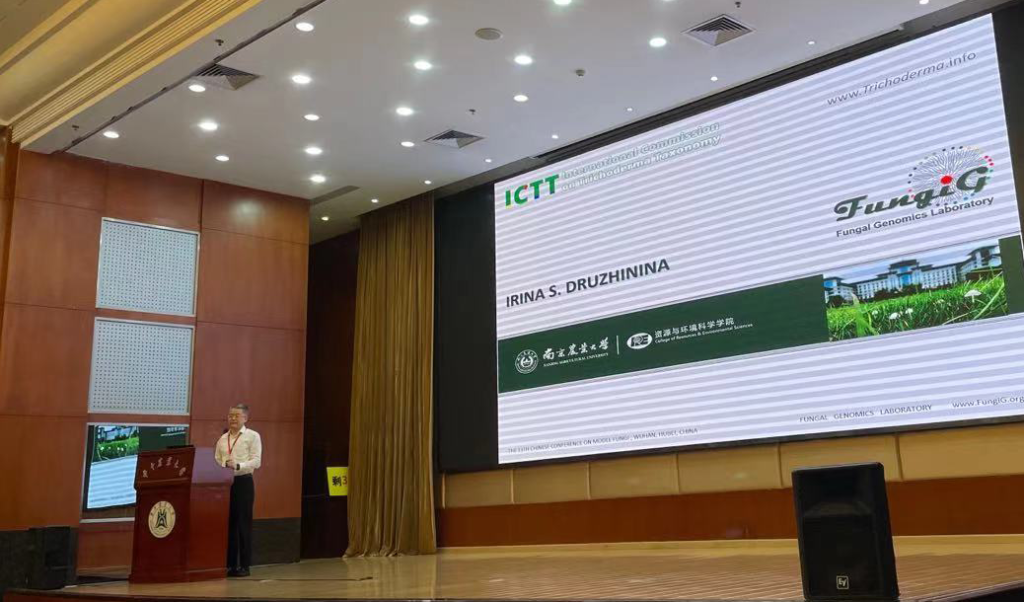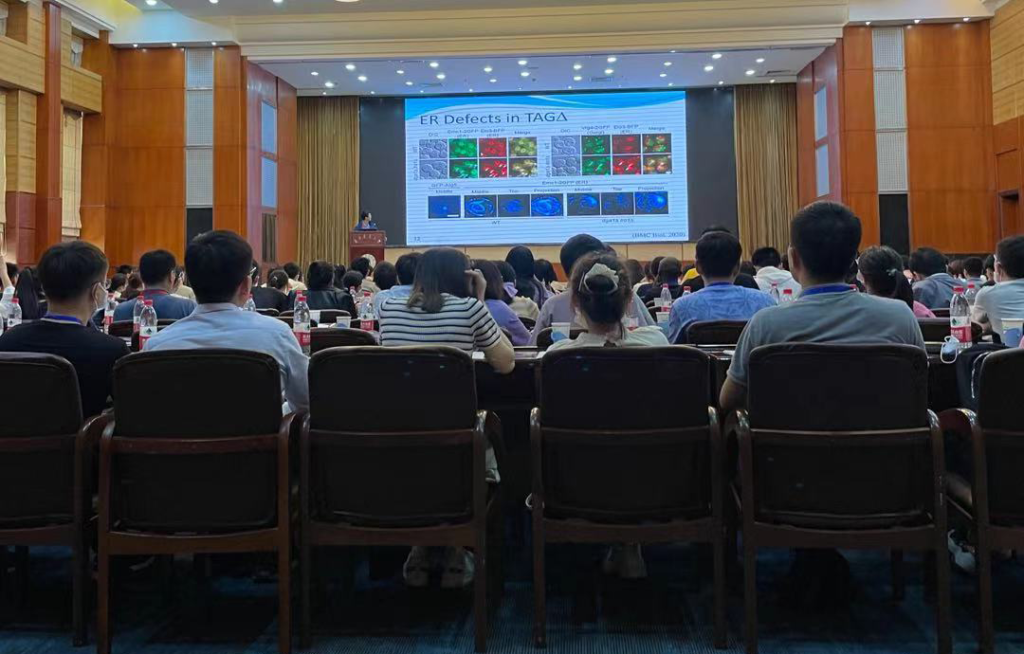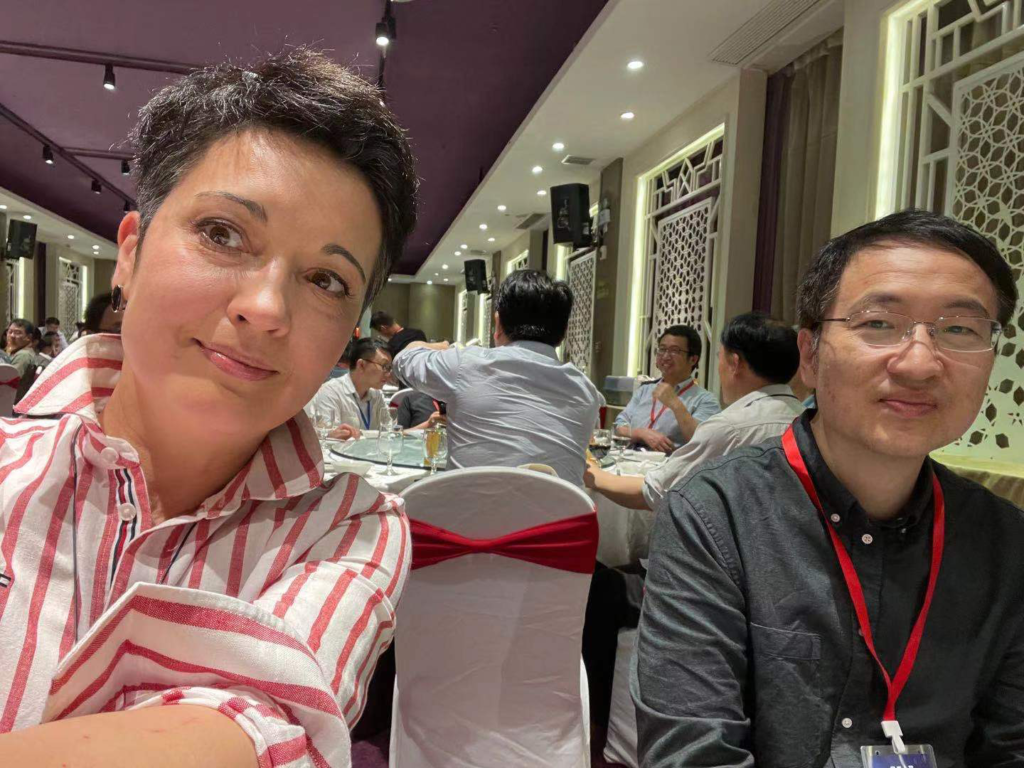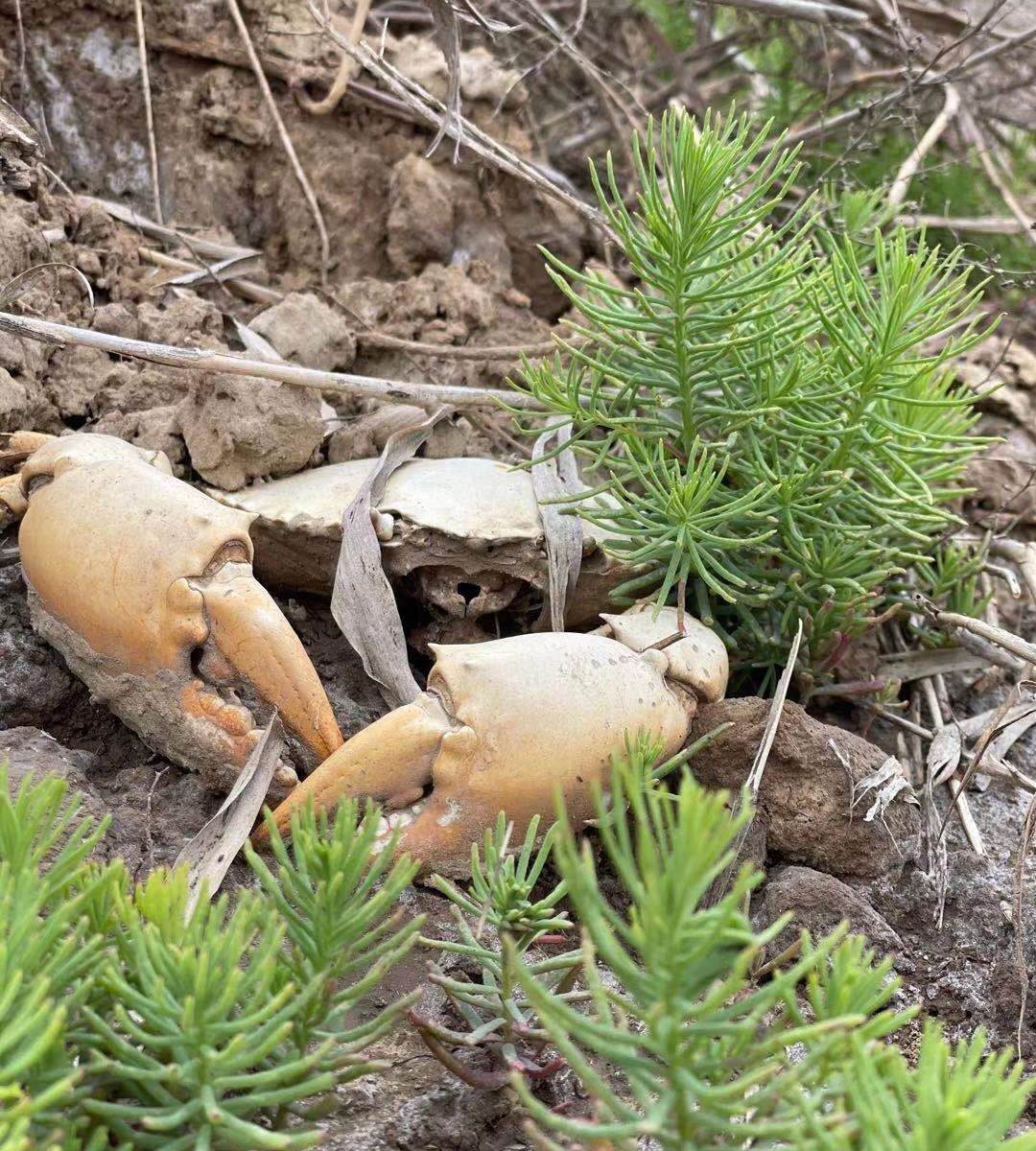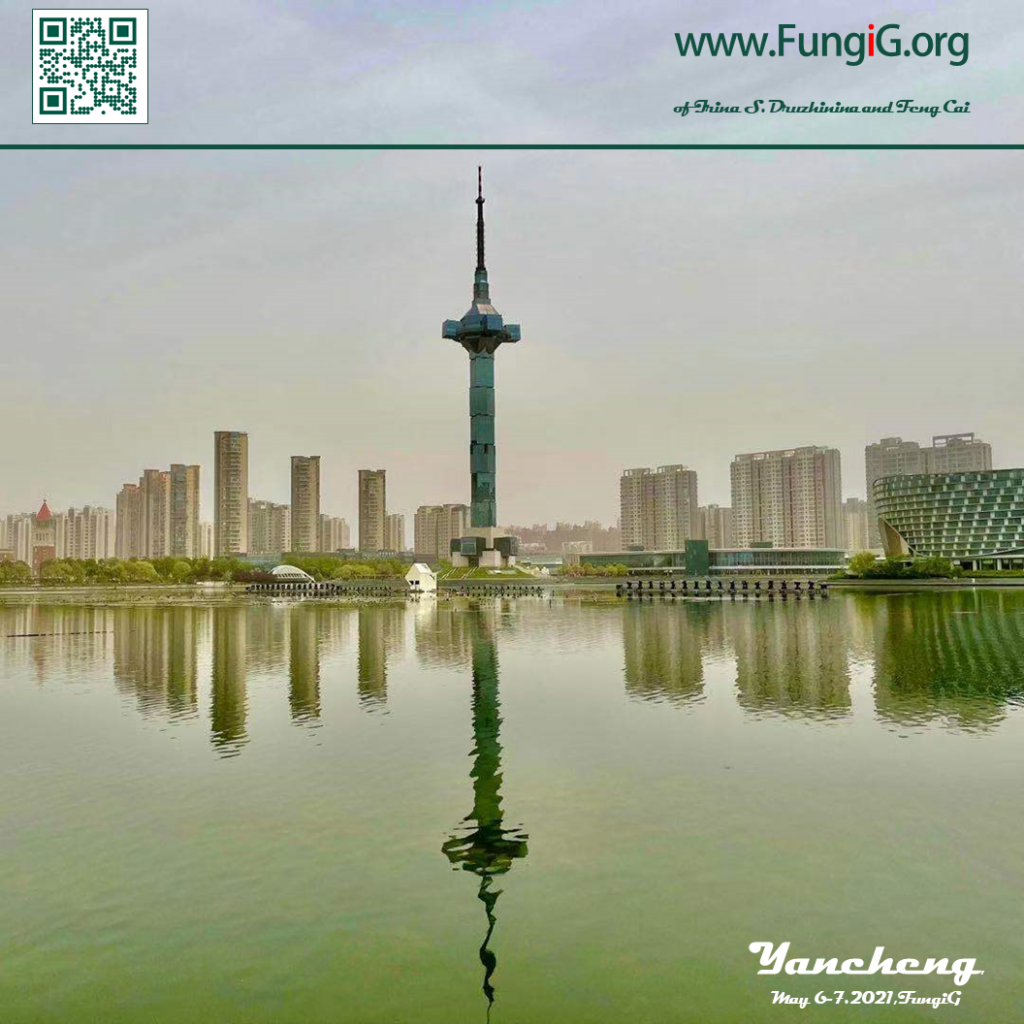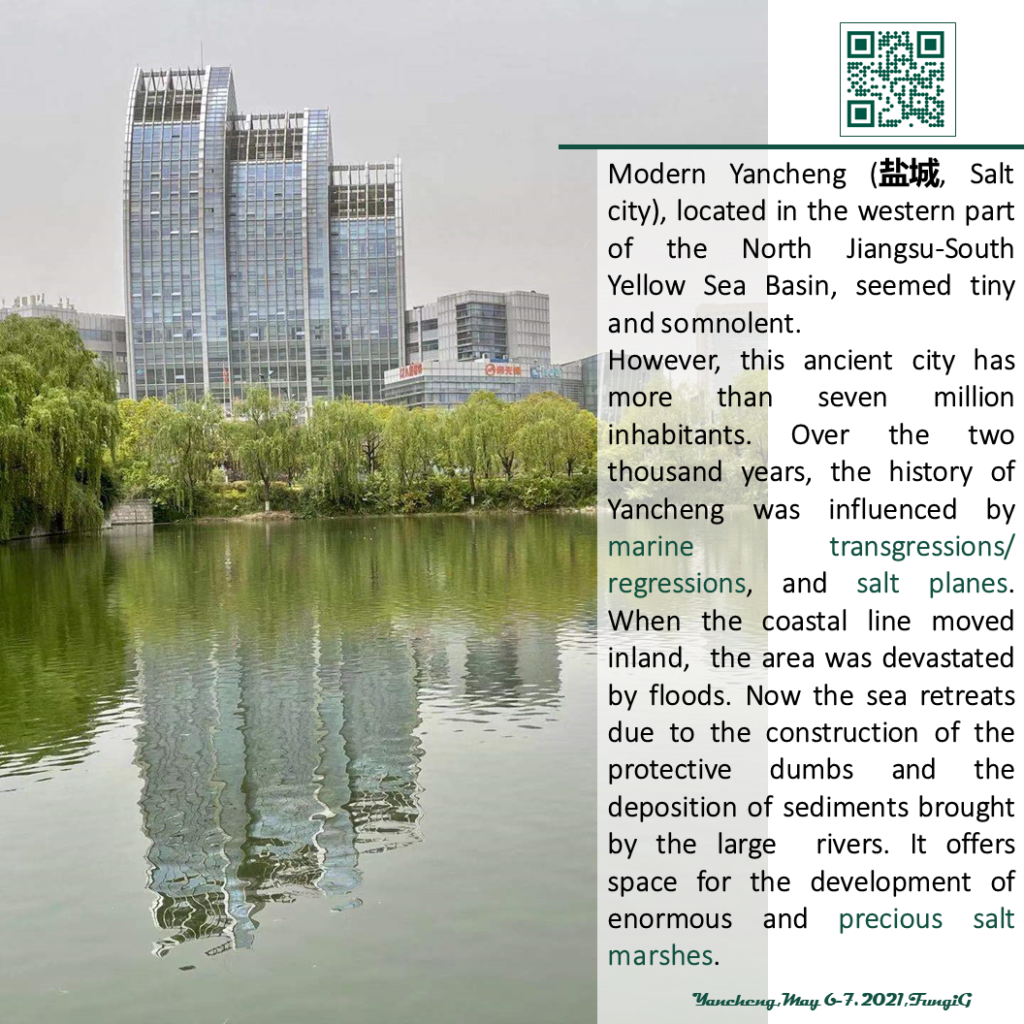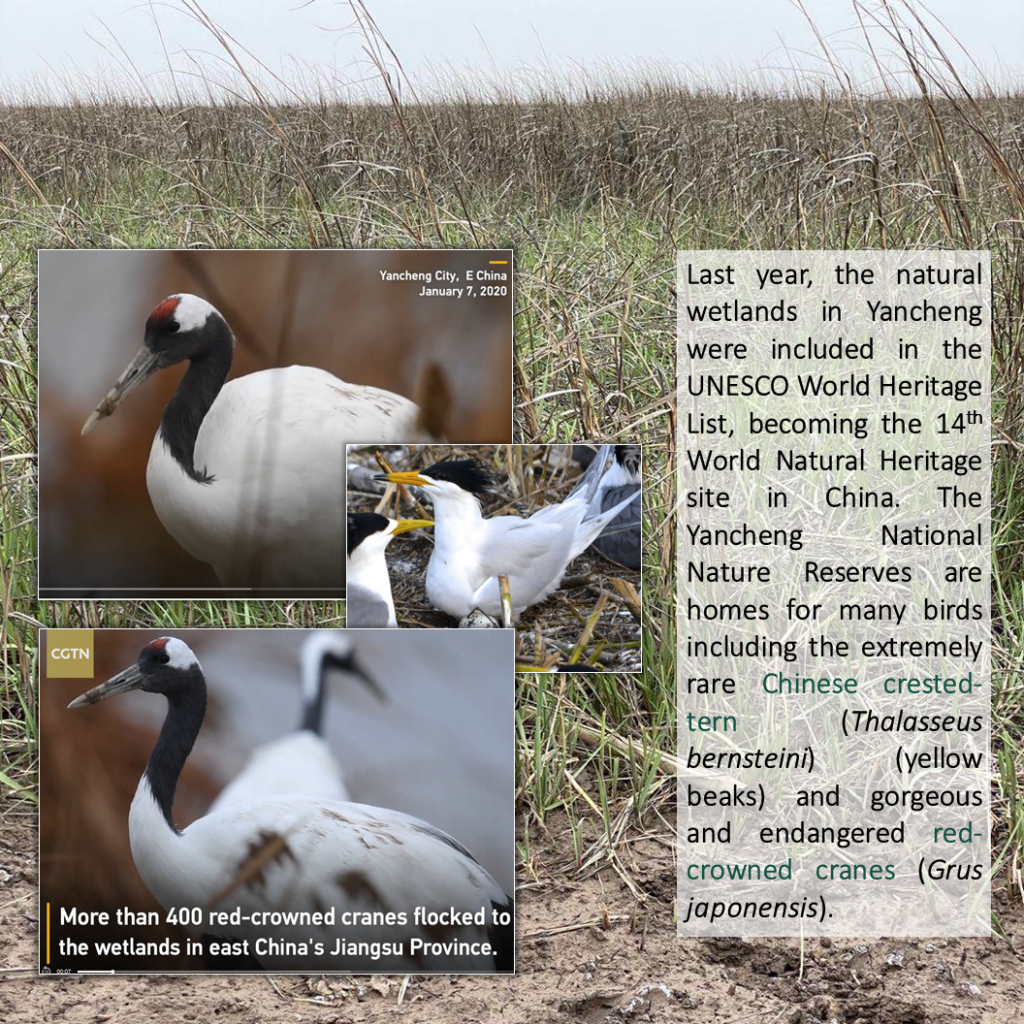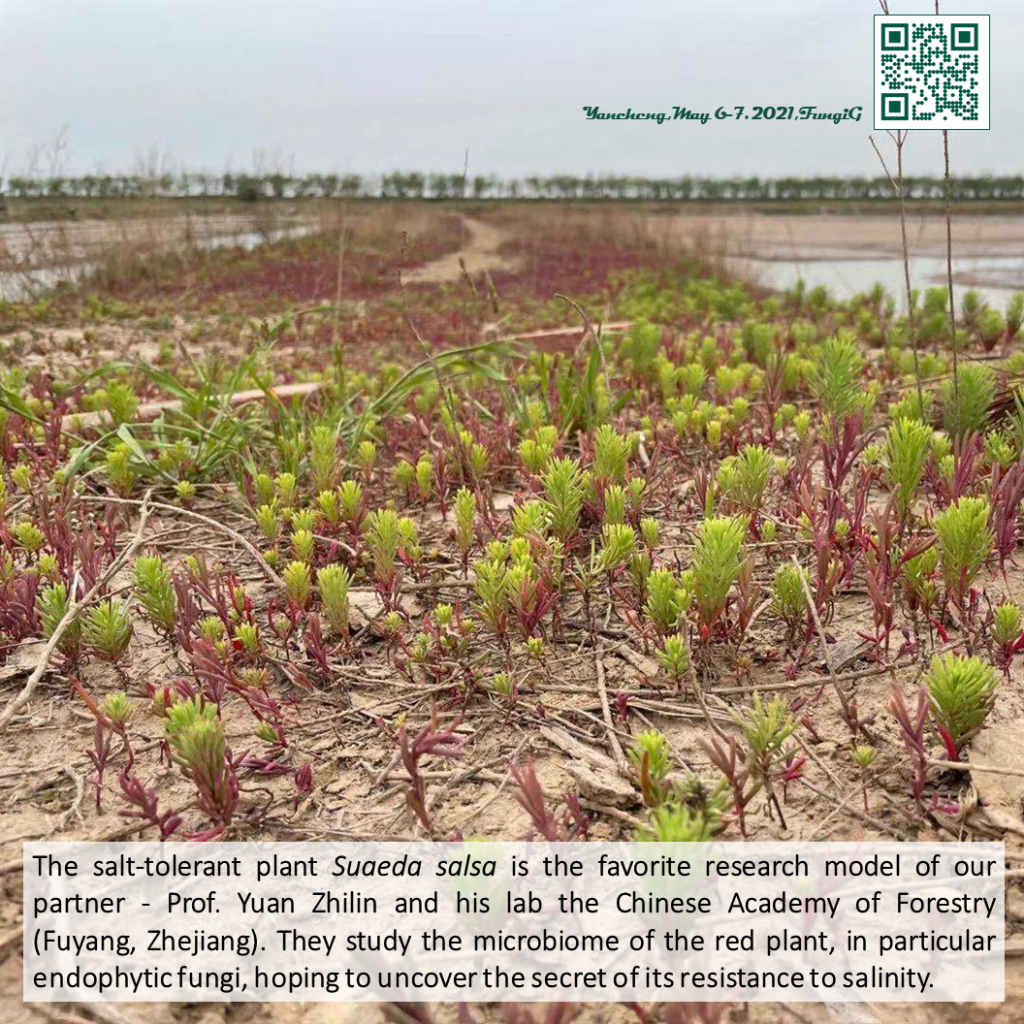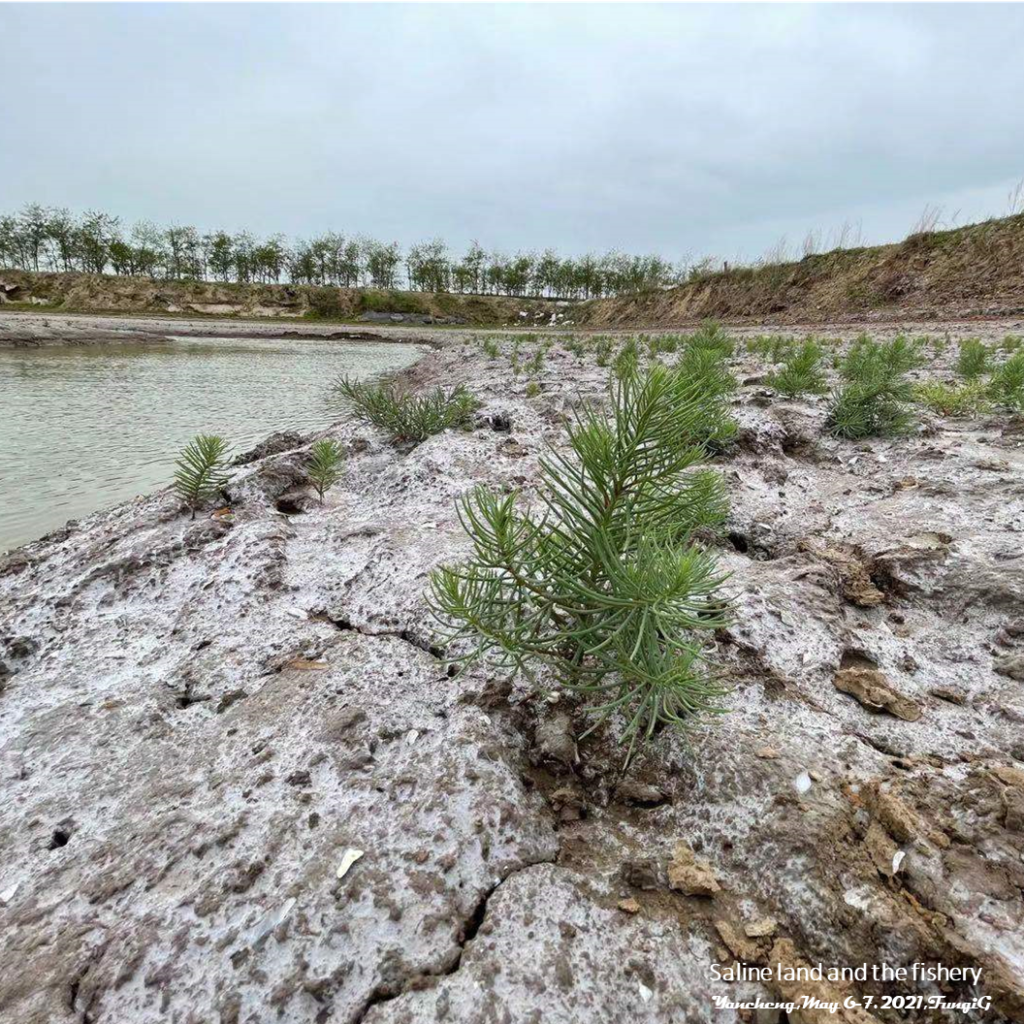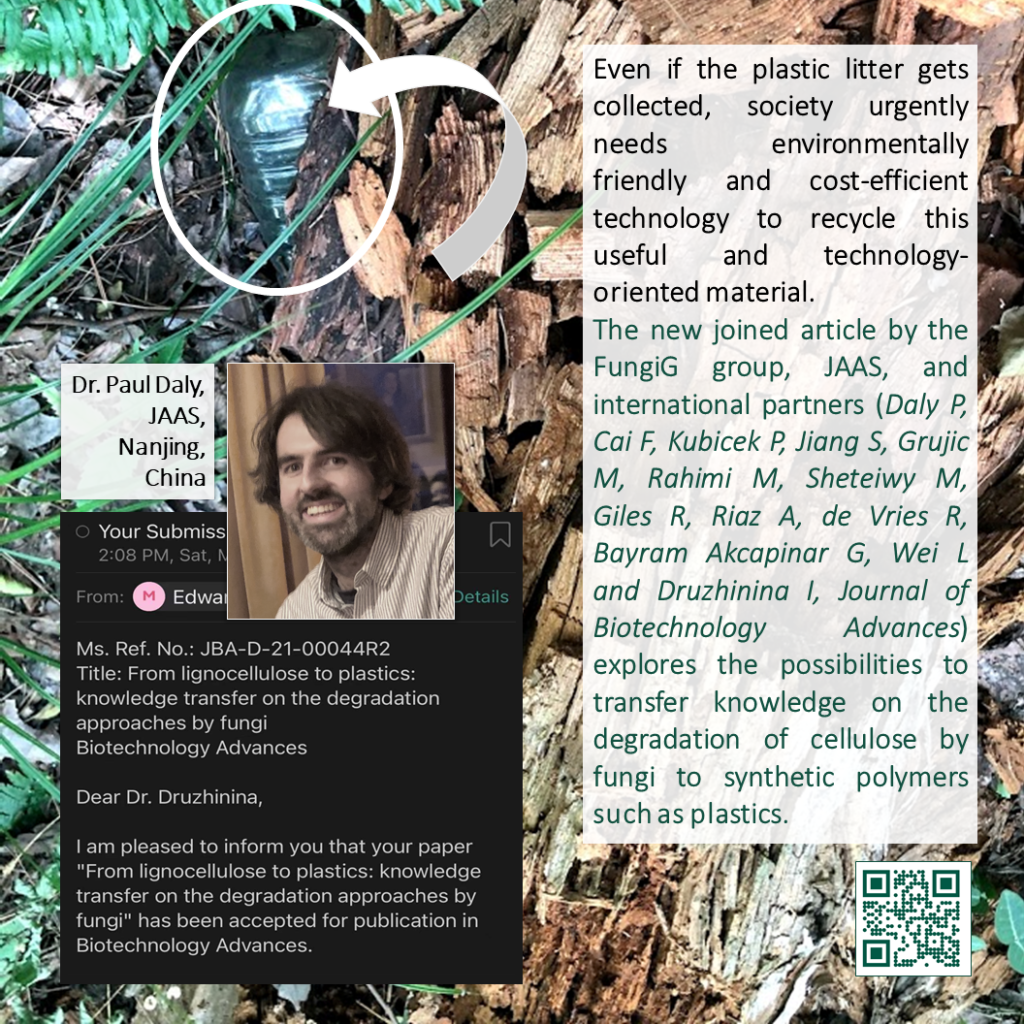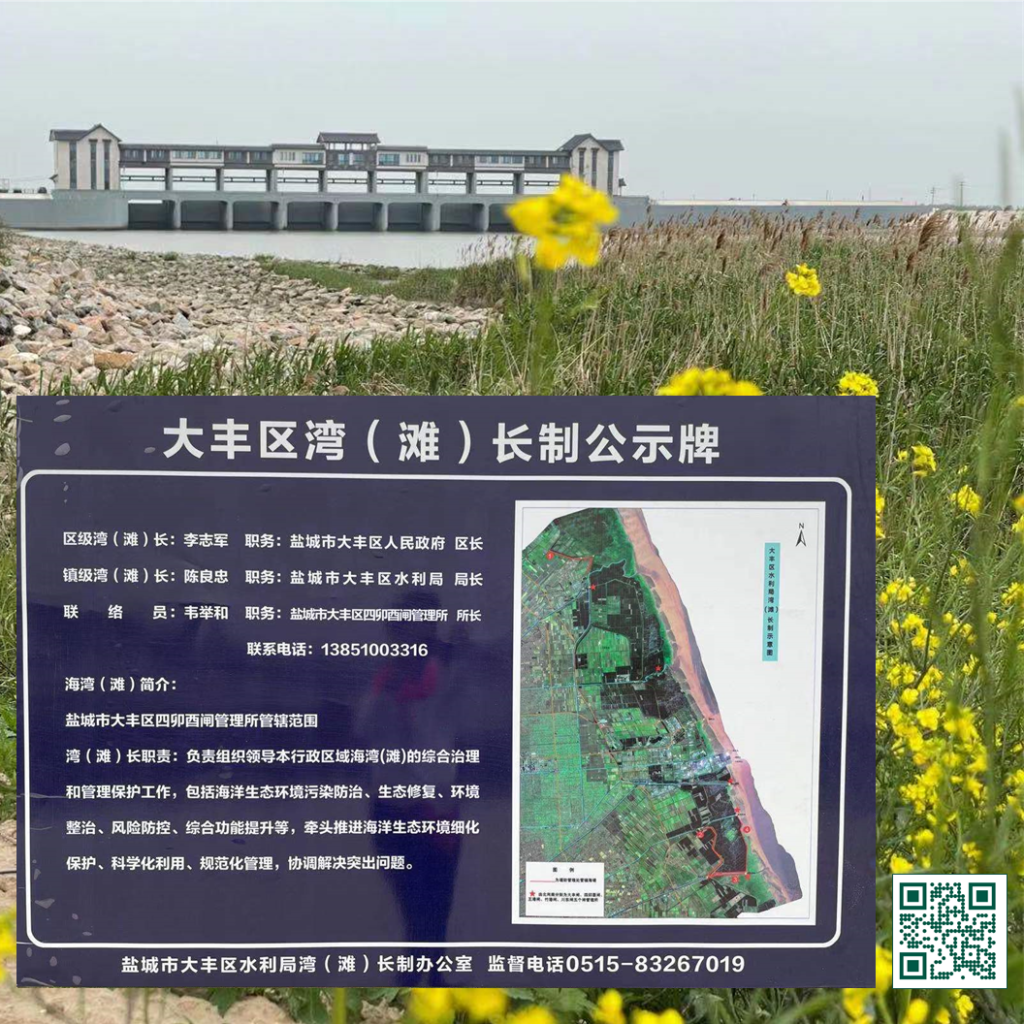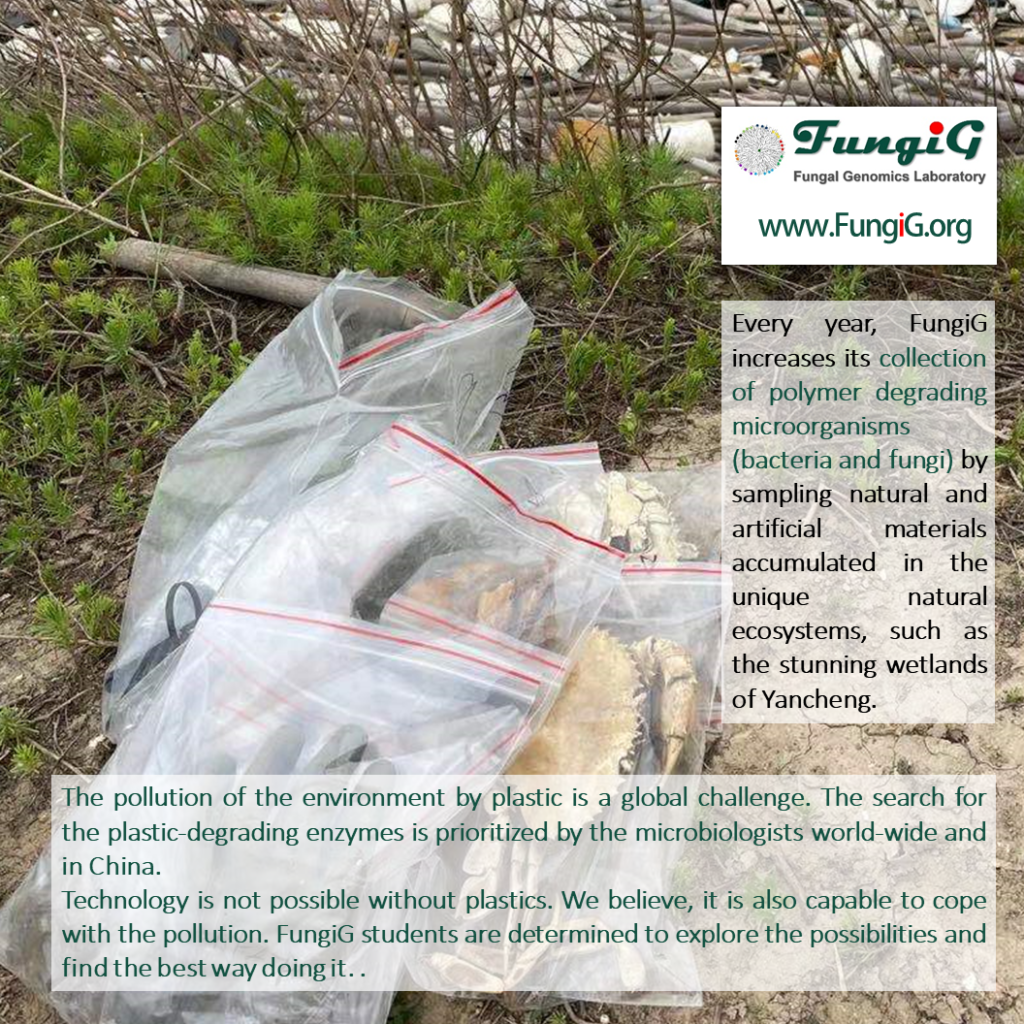Daly P, Cai F, Kubicek CP, Jiang S, Grujic M, Rahimi MJ, Sheteiwy MS, Giles R, Riaz A, de Vries RP, Bayram Akcapinar G, Wei L, Druzhinina IS (2021) From lignocellulose to plastics: Knowledge transfer on the degradation approaches by fungi, Biotechnology Advances, 50,
107770, https://doi.org/10.1016/j.biotechadv.2021.107770.
In this review, we argue that there is much to be learned by transferring knowledge from research on lignocellulose degradation to that on plastic. Plastic waste accumulates in the environment to hazardous levels, because it is inherently recalcitrant to biological degradation. Plants evolved lignocellulose to be resistant to degradation, but with time, fungi became capable of utilising it for their nutrition. Examples of how fungal strategies to degrade lignocellulose could be insightful for plastic degradation include how fungi overcome the hydrophobicity of lignin (e.g. production of hydrophobins) and crystallinity of cellulose (e.g. oxidative approaches). In parallel, knowledge of the methods for understanding lignocellulose degradation could be insightful such as advanced microscopy, genomic and post-genomic approaches (e.g. gene expression analysis). The known limitations of biological lignocellulose degradation, such as the necessity for physiochemical pretreatments for biofuel production, can be predictive of potential restrictions of biological plastic degradation. Taking lessons from lignocellulose degradation for plastic degradation is also important for biosafety as engineered plastic-degrading fungi could also have increased plant biomass degrading capabilities. Even though plastics are significantly different from lignocellulose because they lack hydrolysable C-C or C-O bonds and therefore have higher recalcitrance, there are apparent similarities, e.g. both types of compounds are mixtures of hydrophobic polymers with amorphous and crystalline regions, and both require hydrolases and oxidoreductases for their degradation. Thus, many lessons could be learned from fungal lignocellulose degradation.


